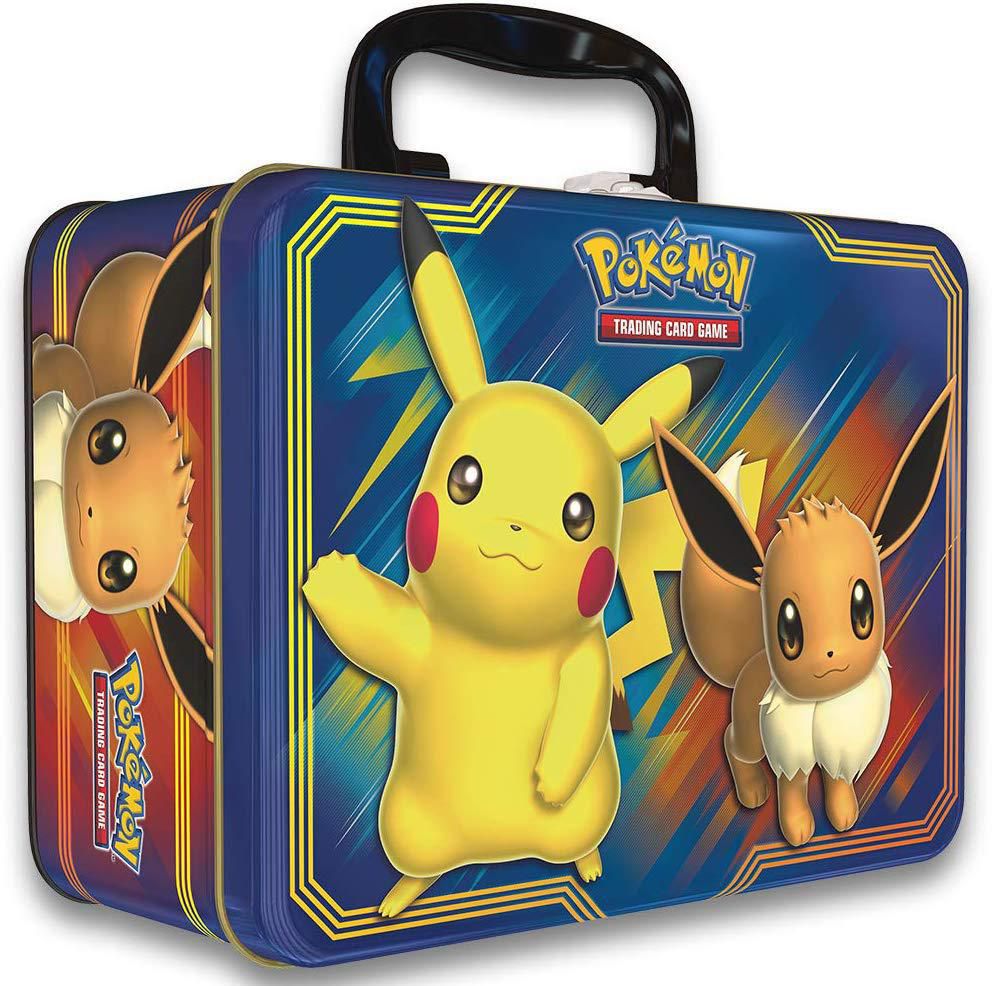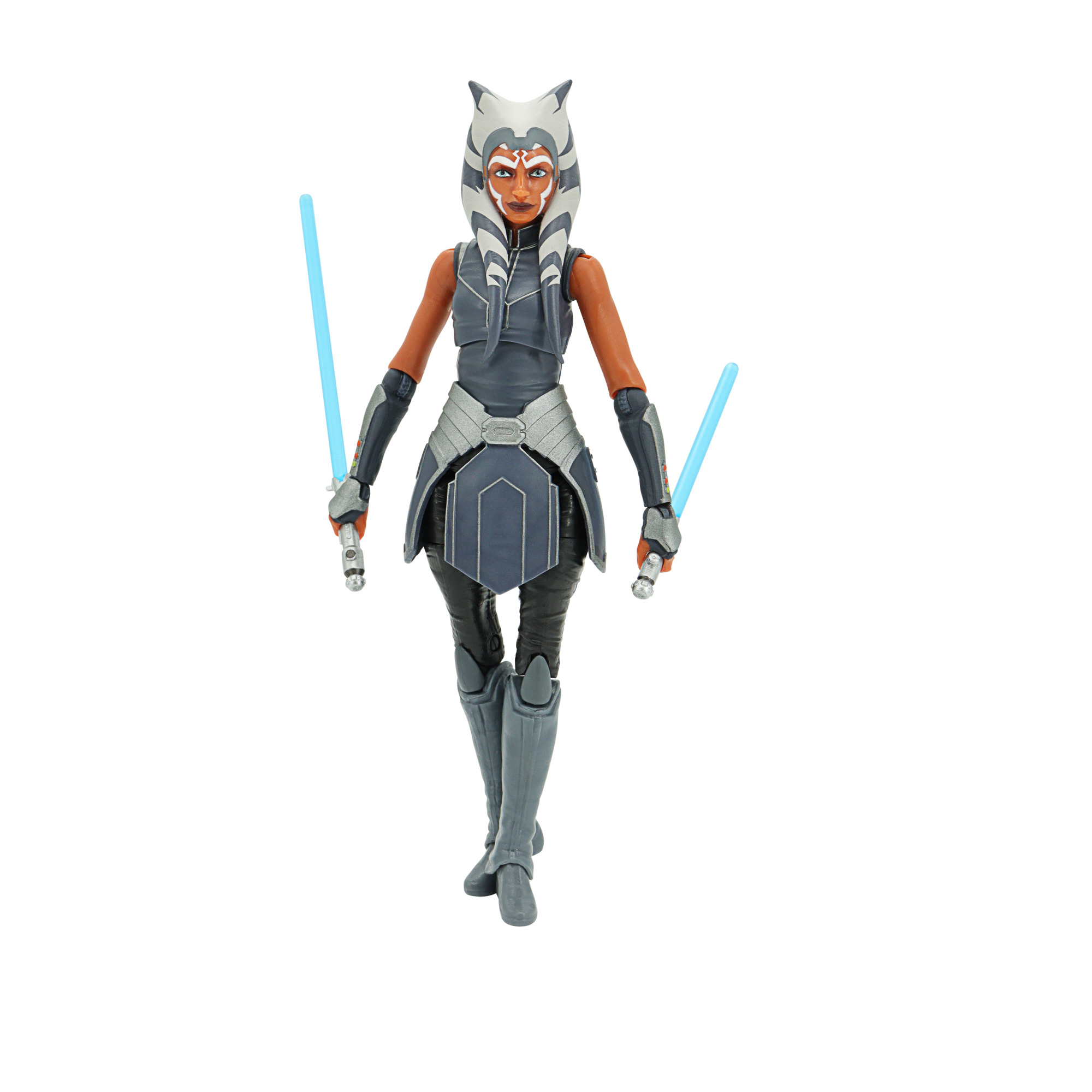Magic Mixies Magical Misting Cauldron with Interactive 8 inch Blue Plush Toy and 50+ Sounds and Reactions, Toys for Kids, Ages 5+
Experience real magic with the Magic Mixies Magic Cauldron. You will be amazed when you see what magically appears from the mist when you finish casting your spell!
Experience real magic with the Magic Mixies Magic Cauldron. You will be amazed when you see what magically appears from the mist when you finish casting your spell! Who will you magically create? Your Magic Mixies Magic Cauldron comes with all the magic ingredients and a special Wand for you to mix a potion and make a cute furry pet! First read the spell from your Spell Book. Add the magical ingredients to your Cauldron one step at a time. Each ingredient helps your creature come to life. As you go through each step of the spell and tap the Cauldron with your wand, your Cauldron will react by lighting up and making different sounds. Now watch as REAL mist begins to rise from the Cauldron. Listen! Do you hear your Magic Mixie coming to life? Wow, you’ve just created a magical new friend! So adorable and so interactive, your Magic Mixie reacts to you touch and responds to your wand. They love to perform spells with you and may even grant you a wish as their gem lights up! Magic Mixie love cuddles and being pet. The more you nurture and care for them, the stronger their energy levels become. Your Magic Mixie and their Magic Cauldron have over 50 sounds and reactions! Place your Magic Mixie back into the Cauldron and repeat the magical reveal again and again. (Magic Mist & Spells Refill Pack sold separately) You can also make your own toys and other items magically appear from the mist using the Cauldron’s Magic Gem Case. Perform spells and misty reveals and amaze your friends! With two different colored Magic Mixies to choose from – Pink or Blue, there is so much enchantment in store and adorable magical friends to adore!
- REAL MISTING CAULDRON – Watch as magic happens right before your eyes! When you finish your spell, real mist will rise from your Magic Cauldron! Something magical is happening inside…all will be revealed as the mist disappears! Who will you magically create?
- MAGICALLY CREATE YOUR MIXIE – The Magic Mixie Cauldron has all the magical ingredients you need to make your Mixie appear and come to life! Follow the Spell Book and watch as each ingredient helps to create your Mixie; add Sound Dust to give your Mixie its voice, drop in the Magic Feather to give your Mixie wings or stir in the Fizz Flower to add some color. Don’t forget to give your Mixie a name by writing it on the Naming Scroll and adding it to the potion! Now say the Magic Words ‘MAGICUS MIXUS’ and prepare to be amazed!
- OVER 50+ SOUNDS & REACTIONS – Your Magic Cauldron comes to life through magical sounds and lights as it guides you through the spell! And once you’ve created your Magic Mixie, use your wand to interact with your new magical friend by nurturing it and casting spells together. With enchanting sounds and lights, you and your Mixie will conjure up all sorts of fun!
- TAP! TAP! TAP! – As you perform each step of the spell, the Magic Cauldron guides you with lights and sounds. Drop your magic ingredient into the potion and when you hear a ‘Tap! Tap! Tap!’ coming from the Cauldron, use your magic Wand to tap 3 times on the rim. Then you can move to the next step of the spell to create your Magic Mixie!
- MAKING MAGIC WITH YOUR MIXIE – You can perform all sorts of magic with your Mixie! Your magical little friend has 3 different modes that can be activated with your wand. Tap your wand on the Mixies Gem to perform spells or sit your Mixie on your cauldron while it chatters and mumbles enchanting magic words to help you cast spells.You can even tap your Mixies Gem to see if it will grant you a wish!
- REPEAT PLAY AGAIN & AGAIN – You can make real Magic happen again and again! Your Magic Mixie can be reloaded back into the Cauldron so you can repeat the spell for your friends! Refill packs allow you to redo magic mist reveals and perform new spells so that the magic never ends!
Additional information
| Manufacturer Part Number | 14652 |
|---|---|
| Model | 14652 |
| Assembled Product Weight | 3.991 lb |
| Assembled Product Dimensions (L x W x H) | 7.99 x 9.84 x 12.99 Inches |






by Mike
After searching for over a month and having companies refund me and say they are out, I was SO happy to find one of these for Christmas! And at a discounted price…. You can’t beat it.
by Lee
Hottest toy this season. Hoping to make some little girl very very happy. Will leave another review after it is opened and she uses it.
by Grim
This was sold directly from Walmart and not a third party seller. It came in its original moose company packaging and was never even shelved. Thank you for such a great experience.